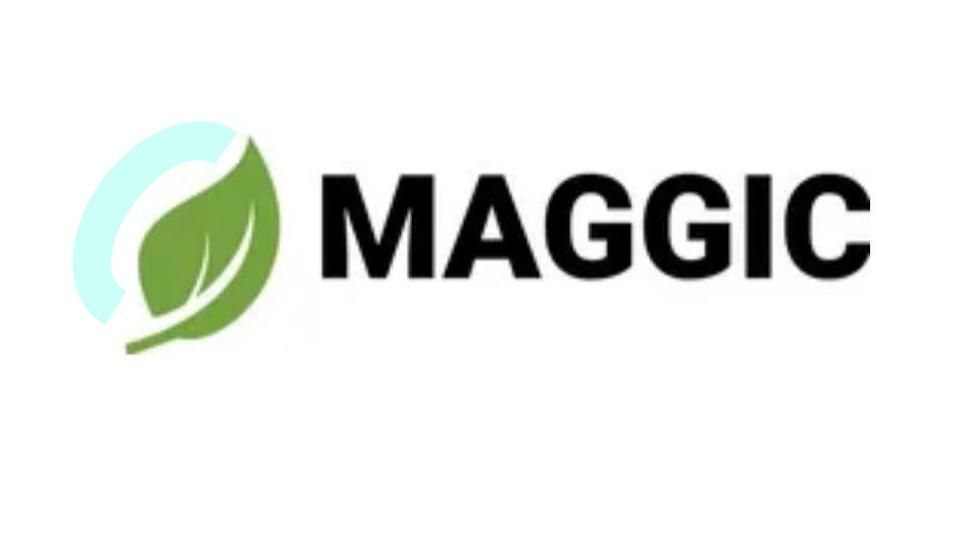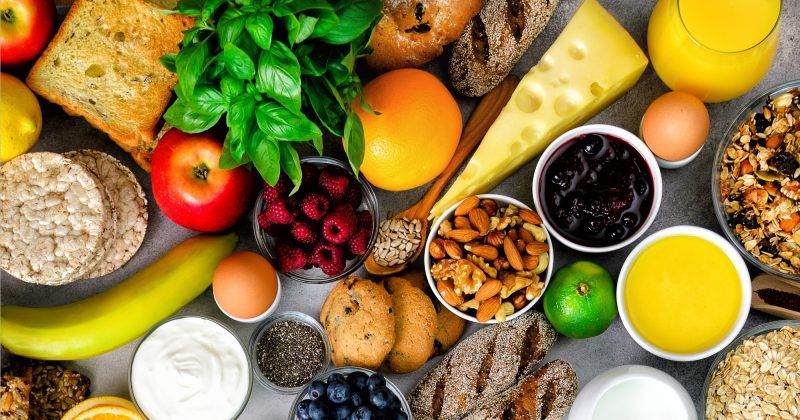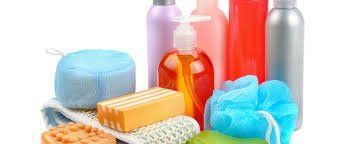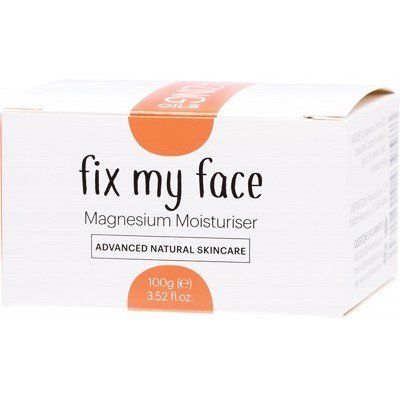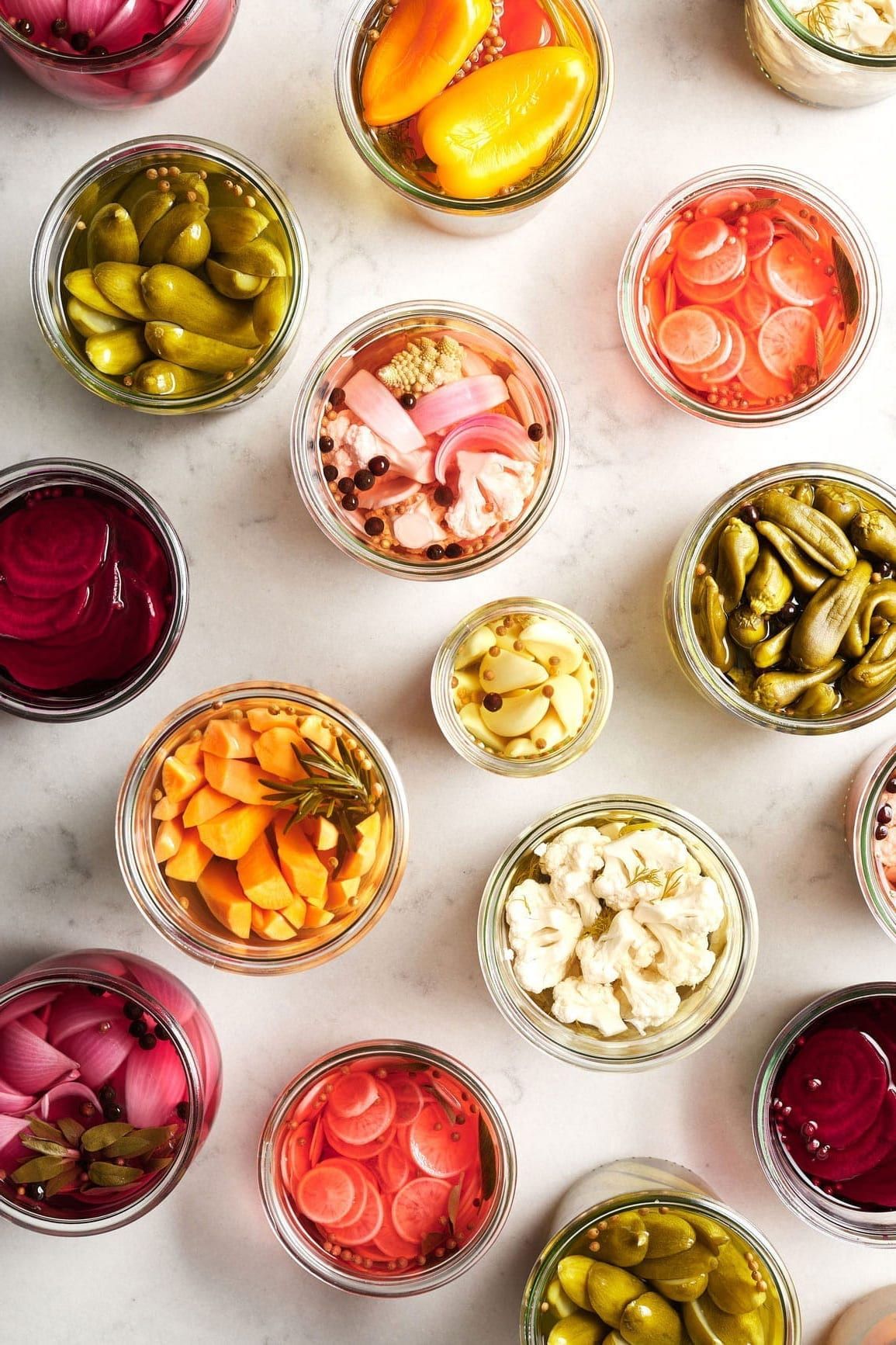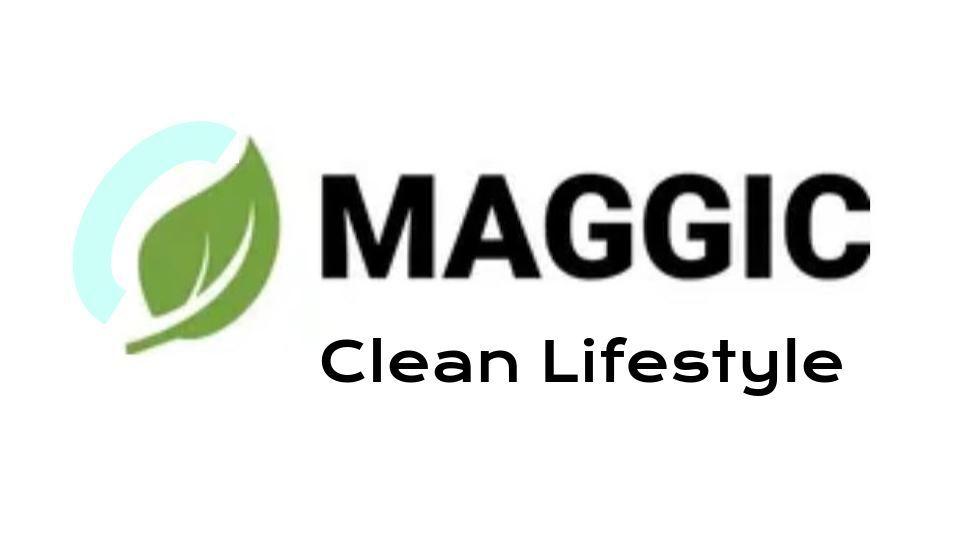Organic Explained
- By florian.glinserer
- •
- 27 Mar, 2019
- •
Why consider Organic?

Organic farming systems are primarily aimed at cultivating the land and raising crops in a way that keeps the soil alive and in good health by use of organic wastes (crop, animal and farm wastes, aquatic wastes) and other biological materials along with beneficial microbes (biofertilizers) to release nutrients to crops for increased sustainable production in an eco friendly pollution free environment.
Organic farming is a system which avoids or largely excludes the use of synthetic inputs (such as fertilizers, pesticides, hormones, feed additives etc) and to the maximum extent feasible rely upon crop rotations, crop residues, animal manures, off-farm organic waste, mineral grade rock additives and biological system of nutrient mobilization and plant protection.
In chemistry, an organic compound is generally any chemical compound that contains carbon. Due to carbon's ability to catenate (form chains with other carbon atoms), millions of organic compounds are known. Study of the properties and synthesis of organic compounds is the discipline known as organic chemistry.
Organic compounds consist of plant and living matter and are of central importance because all known life is based on organic compounds. There are millions of organic compounds and synthetically products organic compounds listed and used in our cleaning products today. Our Chemists produce over 3000 new chemical compounds every year both inorganic and man-made organic.
A synthetically produced organic compounds are man-made compounds that contain a carbon atom. They're quite different from natural organic chemicals that are naturally occurring in the earth.
Natural compounds refer to those that are produced by plants or animals. Many of these are still extracted from natural sources because they would be more expensive to produce artificially. Examples include most sugars, some alkaloids, include morphine, strychnine,quinine, ephedrine, and nicotine ,and terpenoids, certain nutrients such as vitamin B12, and, in general, those natural products with large or stereoisometrically complicated molecules present in reasonable concentrations in living organisms.
Further compounds of prime importance in biochemistry are antigens, carbohydrates, enzymes, hormones, lipids and fatty acids, neurotransmitters, nucleic acids, proteins, peptides and amino acids, lectins, vitamins, and fats and oils. These are often found in beauty products.
Organic Chemicals Definition: A broad class of substances containing carbon and its derivatives. Many of these chemicals will frequently contain hydrogen with or without oxygen, nitrogen, sulfur, phosphorus, and other elements. They exist in either carbon chain or carbon ring form.
A lot of people tend to confuse organic and vegan products. While they have similar benefits, vegan means that the formula is free of any animal derived ingredients including meat (as well as fish, shellfish and insects), dairy, eggs and honey. Organic products may still contain animal product, but from organic sources only.
A product containing organic ingredients is more than likely stating that one or two ingredients are organic and of significant importance to the products integrity. An entirely organic product containing all organic ingredients will more than likely be stating that everything about it is organic. Some products state that they are organic and naturally derived ingredients which is another great statement meaning that there is less inorganic or synthetic (petrochemical) compounds in it's contents.
What ingredients you should avoid
- Sodium laureth sulfate
- Sodium lauryl sulfate (SLS)
- Ammonium lauryl sulfate
- Diethanolamine (DEA)
- Triethanolamine (TEA)
- Parabens
- Polyethelyne glycol
- Alcohol (if listed as one of the first four ingredients)
- Synthetic Fragrance/Parfum
- Propylene Glycol (aka anti-freeze)
- Dimethicone
- Formaldehyde
- Petrolatum
- Siloxanes (ending in -siloxane or -methicone)
1. Phthalates
Found in: Many fragranced household products, such as air fresheners, dish soap, even toilet paper. Because of proprietary laws, companies don’t have to disclose what’s in their scents, so you won’t find phthalates on a label. If you see the word “fragrance” on a label, there’s a good chance phthalates are present.
Health Risks: Phthalates are known endocrine disruptors. Men with higher phthalate compounds in their blood had correspondingly reduced sperm counts, according to a 2003 study. Although exposure to phthalates mainly occurs through inhalation, it can also happen through skin contact with scented soaps, which is a significant problem. Absorbed chemicals go straight to organs.
2. Perchloroethylene or “PERC”
Found in: Dry-cleaning solutions, spot removers, and carpet and upholstery cleaners.
Health Risks: Perc is a neurotoxin, according to the chief scientist of environmental protection for the New York Attorney General’s office. The EPA classifies perc as a “possible carcinogen” and plan to eliminate all use of perc by 2023 because of its suspected health risks. The main source of exposure is most often inhalation.
3. Triclosan
Found in: Most liquid dishwashing detergents and hand soaps labeled “antibacterial.”
Health Risks: Triclosan is an aggressive antibacterial agent that can promote the growth of drug-resistant bacteria. Some studies have now found dangerous concentrations of triclosan in rivers and streams, where it is toxic to algae. The EPA is currently investigating whether triclosan may also disrupt endocrine (hormonal) function. It is a probable carcinogen and is under consumer review.
4. Quarternary Ammonium Compounds, or “QUATS”
Found in: Fabric softener liquids and sheets, most household cleaners labeled “antibacterial.”
Health Risks: Quats are another type of antimicrobial, and thus pose the same problem as triclosan by helping breed antibiotic-resistant bacteria. They’re also a skin irritant; one 10-year study of contact dermatitis found quats to be one of the leading causes and may be a cause of asthma related symptoms.
5. 2-Butoxyethanol
Found in: Window, kitchen and multipurpose cleaners.
Health Risks: 2-butoxyethanol is the key ingredient in many window cleaners and gives them their characteristic sweet smell. It belongs in the category of “glycol ethers,” a set of powerful solvents that don’t mess around. Law does not require 2-butoxyethanol to be listed on a product’s label. According to the EPA’s Web site, in addition to causing sore throats when inhaled, at high levels glycol ethers can also contribute to narcosis, pulmonary edema, and severe liver and kidney damage.
6. Ammonia
Found in: Polishing agents for bathroom fixtures, sinks and jewelry; also in glass cleaner.
Health Risks: Because ammonia evaporates and doesn’t leave streaks, it’s another common ingredient in commercial window cleaners. That sparkle has a price. Ammonia is a powerful irritant. People who get a lot of ammonia exposure, like housekeepers, will often develop chronic bronchitis and asthma. Ammonia can also create a poisonous gas if it’s mixed with bleach.
7. Chlorine
Found in: Scouring powders, toilet bowl cleaners, mildew removers, laundry whiteners, household tap water.
Health Risks: The health risks from chlorine can be acute, and they can be chronic; it’s a respiratory irritant at an acute level. But the chronic effects are what people don’t realize: It may be a serious thyroid disrupter.
8. Sodium Hydroxide
Found in: Oven cleaners and drain openers.
Health Risks: Otherwise known as lye, sodium hydroxide is extremely corrosive: If it touches your skin or gets in your eyes, it can cause severe burns. Routes of exposure are skin contact and inhalation. Inhaling sodium hydroxide can cause a sore throat that lasts for days.
Manufacturers argue that in small amounts these toxic ingredients aren’t likely to be a problem, but when we’re exposed to them routinely, and in combinations that haven’t been studied, it’s impossible to accurately gauge the risks. While a few products cause immediate reactions from acute exposure (headaches from fumes, skin burns from accidental contact), different problems arise with repeated contact. Chronic exposure adds to the body’s “toxic burden” — the number of chemicals stored in its tissues at a given time.
ConclusionIf the cleaning product label says organic and vegan it's safe throughout the process of manufacture to animals and the environment and is aimed at the consumer market to showcase less toxic choices. Some products may claim they are organic, in which case they contain compounds derived from animals. Some products may claim they contain organic ingredients which means they have sourced those ingredients seperately and included them in the normal manufacturing process. All organic farming and chemistry has a longterm benefit to our personal health and the environment because our inate ability to sythesise the compounds. A true organic product should be sourced from an organic producer who is bound by regulation to provide a product under strict guidelines.
